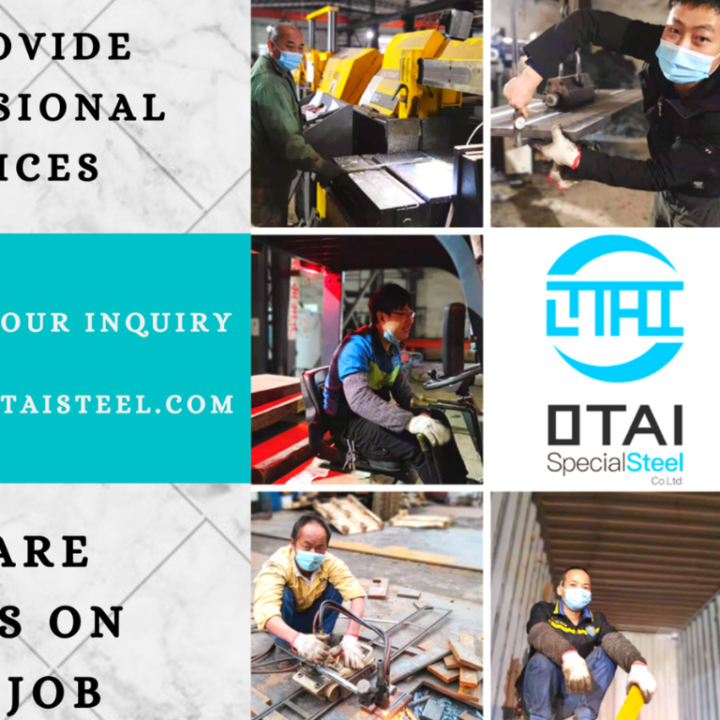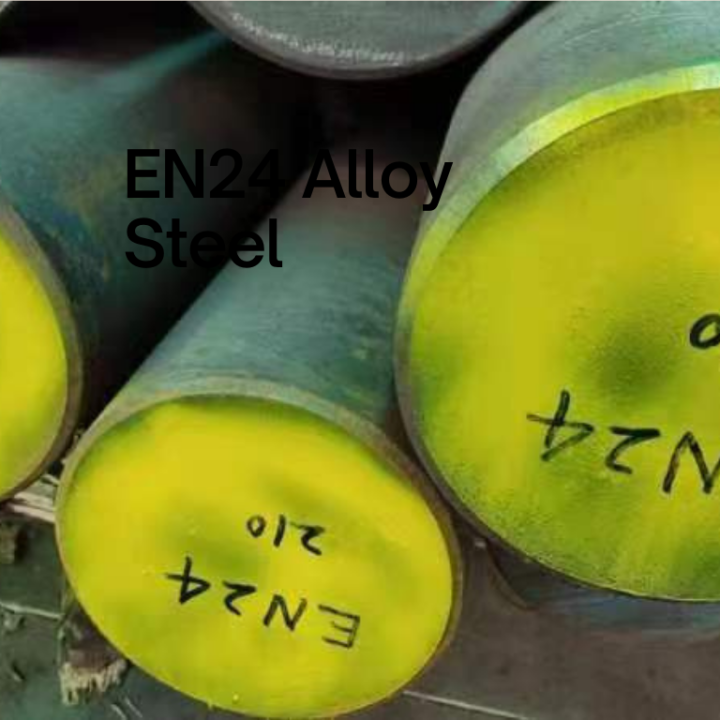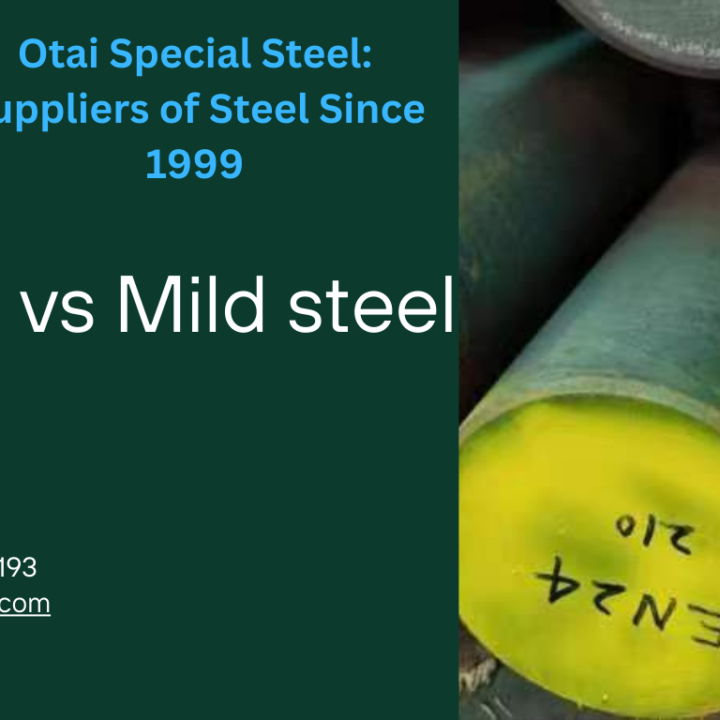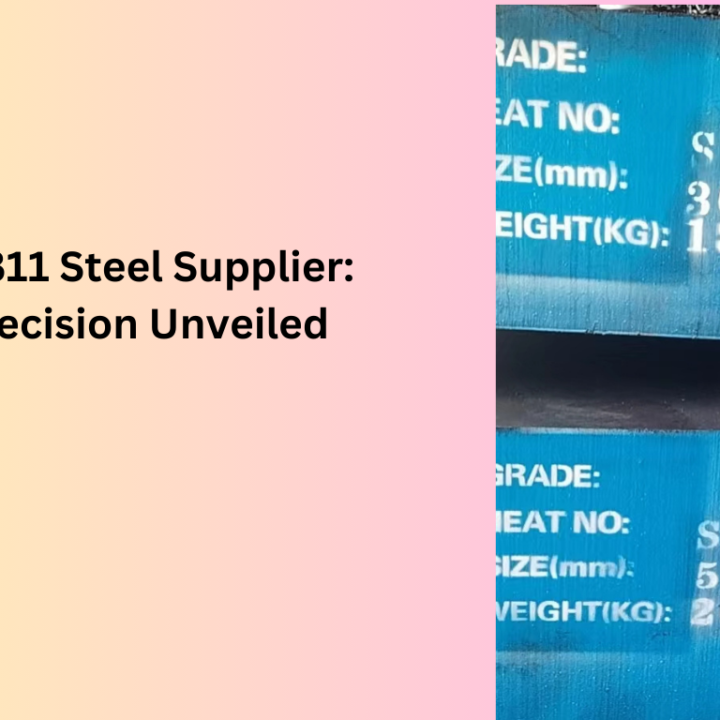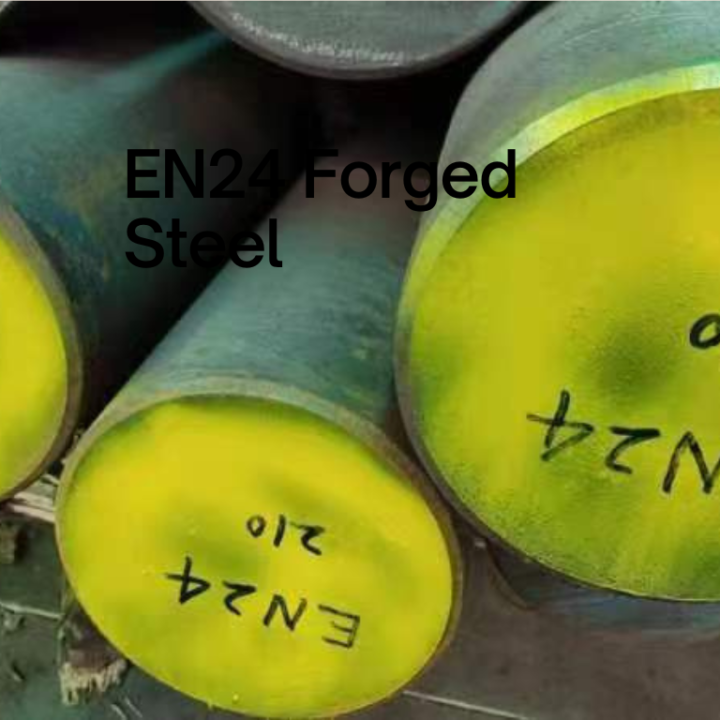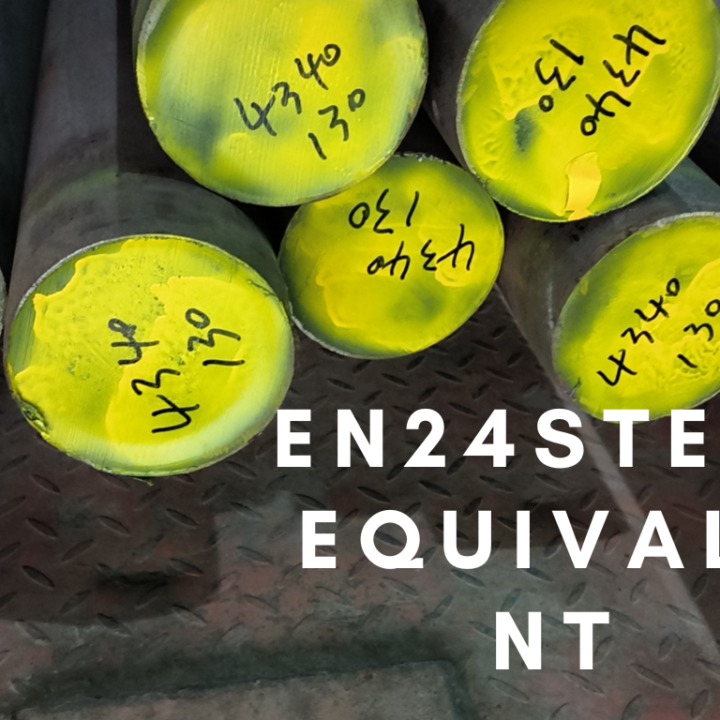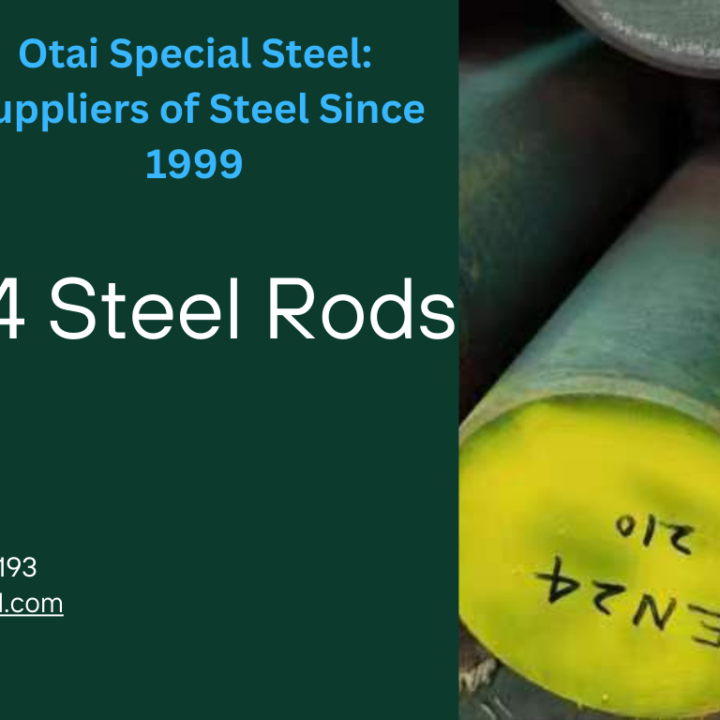Railway and steel
In our daily life, steel has become the most commonly used material. Huge machine tools, agricultural machinery, automobiles, trains, ships, heavy tanks, and our pencil cases, iron pots, and pens all need steel to be cast.
The railway probably leaves a mark on everyone’s journey. Once, the green leather car took us to the Quartet, and the sound of the whistle sounded joy and hope.
Nowadays, the green leather compartments in memory are slowly changing. More and more streamlined EMU trains travel between cities. China has built the world’s largest high-speed railway network.
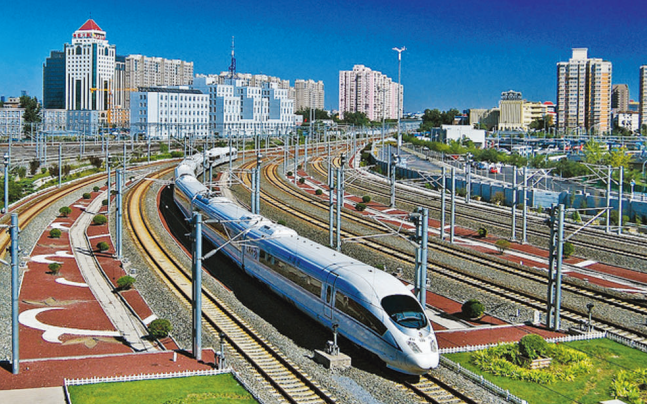 The rapid development of the railway transportation industry puts higher demands on steel, an important raw material for train production. Hot-rolled high-strength weathering steel for railway vehicles has the characteristics of high strength, high toughness, easy welding and easy forming. At the same time, it has good atmospheric corrosion resistance and weather resistance is more than twice that of ordinary structural steel, which greatly prolongs the service life of vehicles. It is widely used in the manufacture of EMU trains, Qinghai-Tibet railway trains and railway freight cars.
The rapid development of the railway transportation industry puts higher demands on steel, an important raw material for train production. Hot-rolled high-strength weathering steel for railway vehicles has the characteristics of high strength, high toughness, easy welding and easy forming. At the same time, it has good atmospheric corrosion resistance and weather resistance is more than twice that of ordinary structural steel, which greatly prolongs the service life of vehicles. It is widely used in the manufacture of EMU trains, Qinghai-Tibet railway trains and railway freight cars.
The bogie is also one of the most important components on a railway vehicle. It directly carries the weight of the car body and ensures that the vehicle passes smoothly through the curve. At the same time, the various parameters of the bogie also directly determine the stability of the vehicle and the comfort of the ride. Steel for hot-rolled and heavy-plate bogies must have good fatigue resistance and shock resistance.
Whether on the platform or at the airport, whether it is going home or starting, whether it is a gathering or a separate, every time you travel, steel is silently escorting you.
